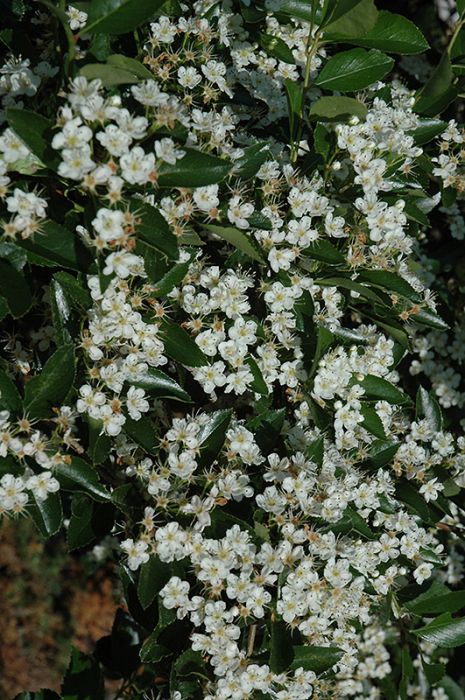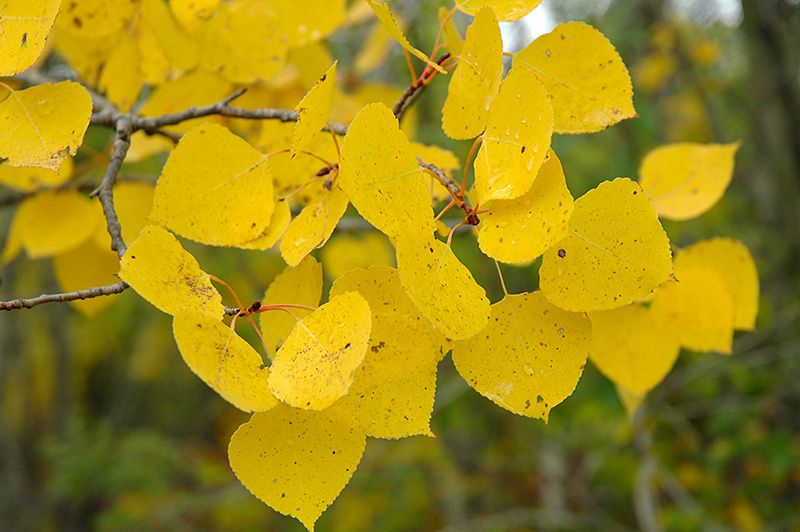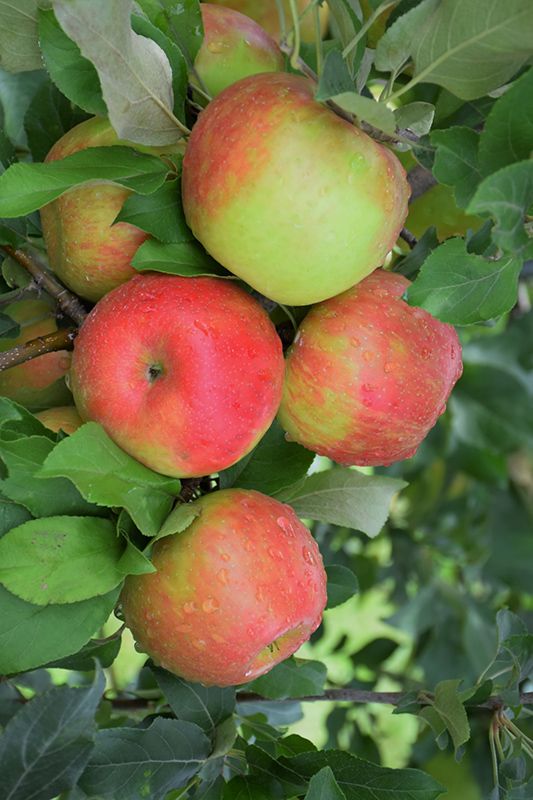Crataegus, Cockspur Hawthorn 'Thornless'




Out of stock
Coming soon, still growing- Sun Preference
- Full-Sun
Description
One of the finest small ornamental trees for Minnesota. Rounded, spreading crown with leathery, glossy, dark green leaves. Tree is smothered in June with pretty white flowers. Good orange fall color and red fruit. Very few pest problems.
Minnesota's Largest Selection of Trees
At Minnesota's Destination Garden Center, we offer a diverse range of trees to suit any landscaping need. Whether you're looking for shade trees to cool your home or ornamental trees to add beauty and interest, you'll find the perfect tree at Gertens. Our knowledgeable staff can help you select the right tree for your space and provide tips for care and maintenance. Visit Gertens today and explore the unmatched variety of trees to enhance your outdoor environment!
Details
Thornless Cockspur Hawthorn | Crataegus crus-galli 'Inermis'
Height: 20 feet
Spread: 20 feet
Sunlight: full sun
Hardiness Zone: 4a
Brand: Gertens
Description:
A top notch small landscape accent shrub of great beauty; superb branching habit, a blanket of white flowers in spring, red berries and brilliant color in fall; preferred species because it is thornless
Ornamental Features
Thornless Cockspur Hawthorn is covered in stunning clusters of white flowers held atop the branches in mid spring. The fruits are showy red pomes carried in abundance from early fall to late winter. It has forest green deciduous foliage. The glossy round leaves turn an outstanding tomato-orange in the fall.
Landscape Attributes
Thornless Cockspur Hawthorn is a deciduous tree with a stunning habit of growth which features almost oriental horizontally-tiered branches. Its relatively fine texture sets it apart from other landscape plants with less refined foliage.
This tree will require occasional maintenance and upkeep, and is best pruned in late winter once the threat of extreme cold has passed. It has no significant negative characteristics.
Thornless Cockspur Hawthorn is recommended for the following landscape applications;
- Accent
- Hedges/Screening
Planting & Growing
Thornless Cockspur Hawthorn will grow to be about 20 feet tall at maturity, with a spread of 20 feet. It has a low canopy with a typical clearance of 3 feet from the ground, and is suitable for planting under power lines. It grows at a slow rate, and under ideal conditions can be expected to live for 50 years or more.
This tree should only be grown in full sunlight. It is very adaptable to both dry and moist growing conditions, but will not tolerate any standing water. It is not particular as to soil type or pH. It is highly tolerant of urban pollution and will even thrive in inner city environments. This is a selection of a native North American species.
More Information
| Gerten Grown Plants | Gerten Grown Plants |
|---|---|
| Tree Type | Shade & Ornamental |
| Sun Preference | Full-Sun |
| Mature Height (Range) | 15 - 25 feet |
| USDA Hardiness Zone | 4, 5, 6, 7 |
| Common Family Name | Hawthorn |







